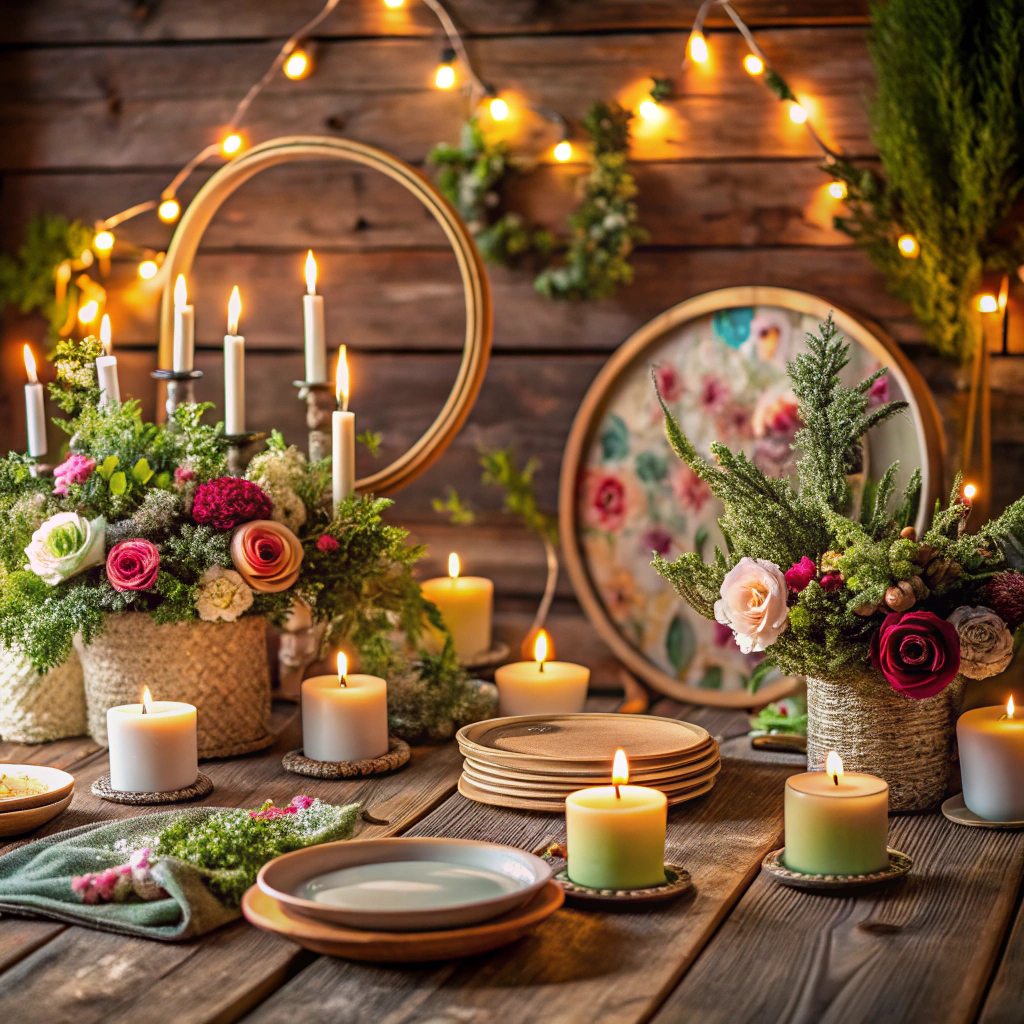Last updated on
Discover the essential tips to determine if your pendant lights are overwhelming your space, ensuring you strike the perfect balance between style and function.
Pendant lights can add a beautiful and functional touch to any room, but if they are too big, they can quickly become an eyesore.
Choosing the right size pendant light is crucial for creating a balanced and cohesive look in your home. In this article, I will share with you some tips on how to tell if your pendant lights are too big and what you can do about it.
So let’s get started!
Key takeaways:
- Consider the room: Small lights get lost in large spaces.
- Measure the space: Determine how much space your fixture needs.
- Determine height: Hang pendant lights at least 30 inches above surfaces.
- Room proportions: Scale your light to fit the room’s size.
- Ceiling height: Adjust to fit ceiling height for balance and proportion.
Size Guidelines
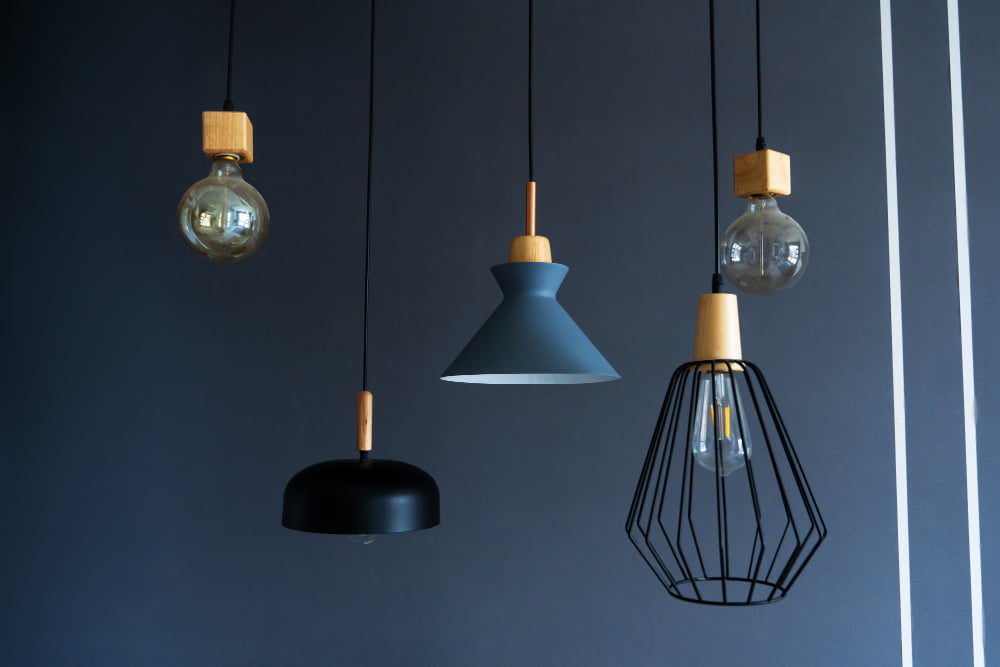
When it comes to pendant lights, size matters. Choosing the right size is crucial for creating a balanced and cohesive look in your home.
But how do you know what size to choose? Here are some general guidelines that can help:
- Consider the room: The first thing you need to consider is the room where you want to install your pendant light. A small pendant light may get lost in a large living room, while an oversized one may overwhelm a small dining area.
- Measure the space: Once you have determined which room needs lighting, measure its dimensions so that you can determine how much space there is for your fixture.
- Determine height: Pendant lights should be hung at least 30 inches above any surface they illuminate (such as tables or countertops).
If hanging over an open floor plan without furniture below them, hang them higher than 6 feet from the floor.
Room Proportions
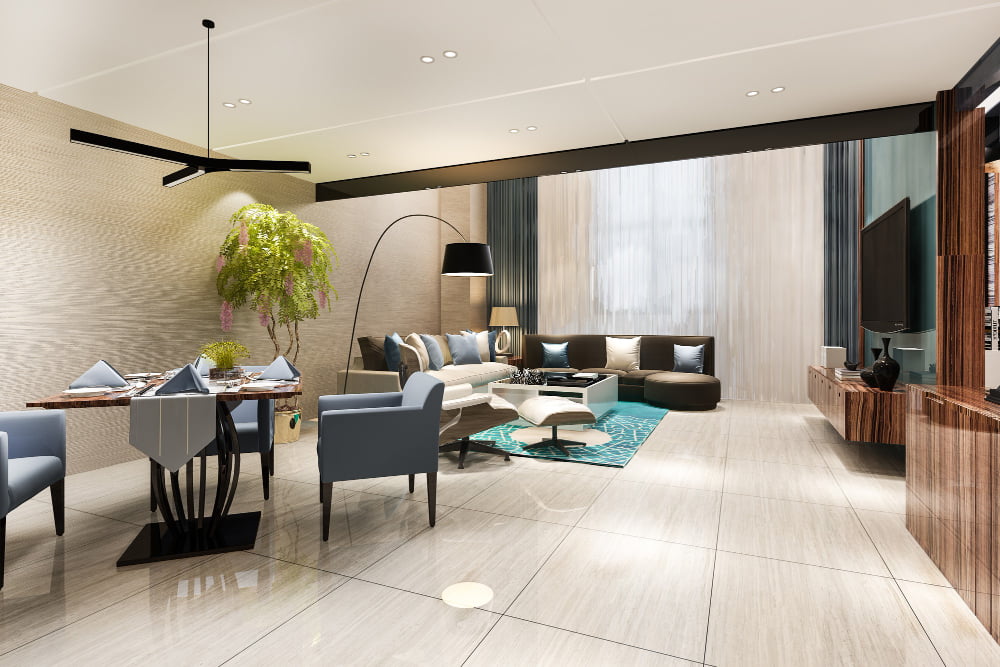
A large pendant light may look stunning in a spacious living room but could be overwhelming in a smaller space like an entryway or bathroom. To ensure that your pendant light fits perfectly with the proportions of your room, consider its scale and how it relates to other elements within the space.
For example, if you have high ceilings and ample floor space, you can opt for larger fixtures without worrying about them overpowering the area. On the other hand, if you have lower ceilings or limited floor space such as hallways or foyers; choosing smaller pendants will help create balance while still providing adequate lighting.
Ceiling Height
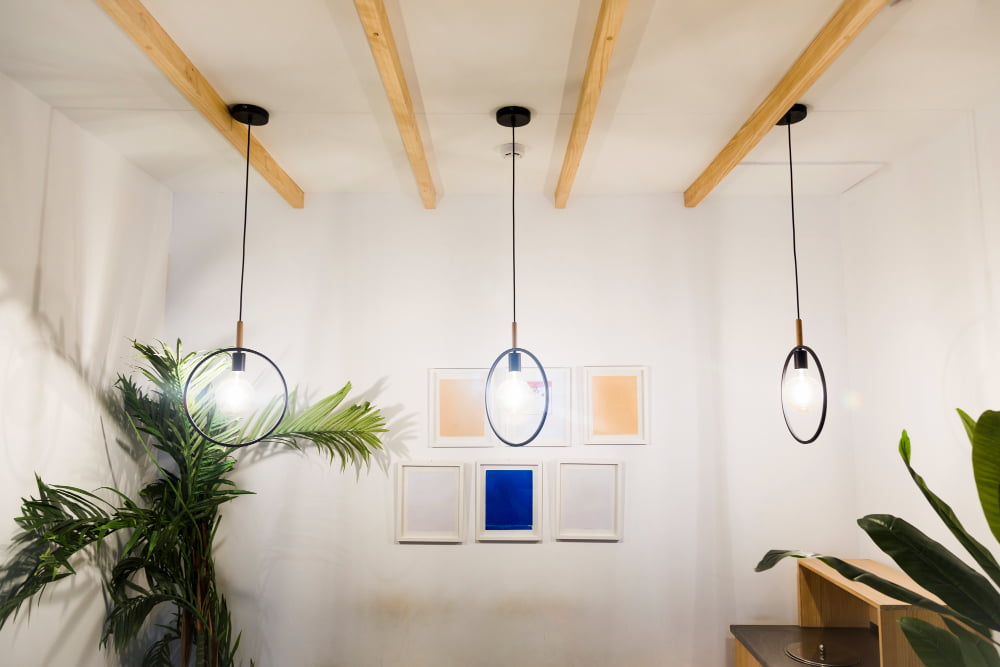
If you have high ceilings, you can opt for larger fixtures without overwhelming your space. However, if your ceiling is low, a large pendant light will make the room feel cramped and claustrophobic.
As a general rule of thumb, for every foot of ceiling height above eight feet, add three inches in diameter to your fixture’s width. For example: if you have ten-foot ceilings in your dining room and want to hang a pendant over the table that measures 36 inches wide; it would be proportional because it follows this guideline.
On the other hand, suppose you have standard eight-foot ceilings or lower than that. In that case, I recommend choosing smaller fixtures with slimmer profiles or opting for flush mount lighting instead of pendants altogether.
Fixture Balance
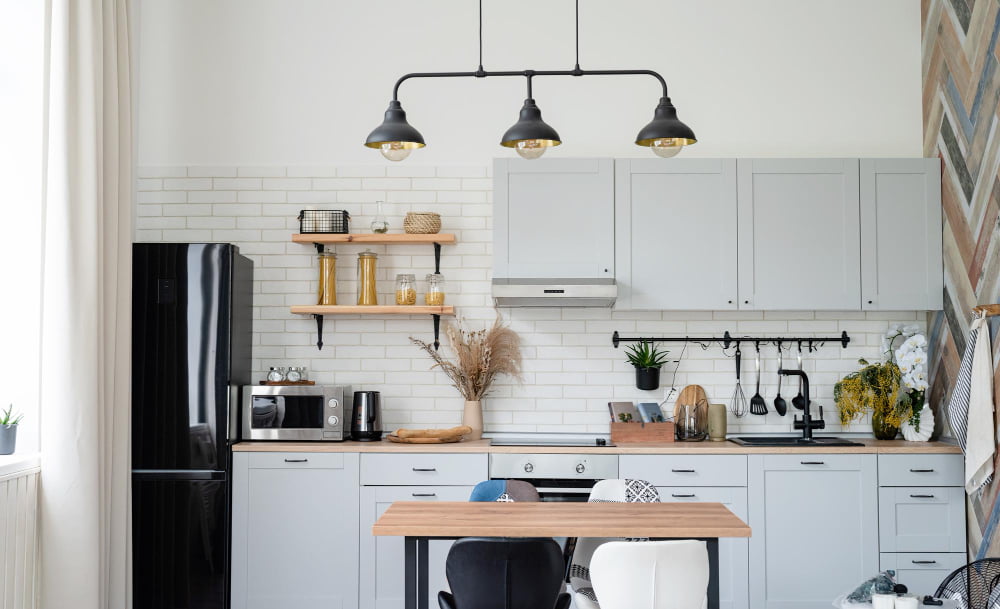
The size of the light should be proportional to the space it occupies, and it should not overpower other elements in the room. If you have a large dining table, for example, you may need larger pendant lights than if you have a small breakfast nook.
However, even with larger spaces that require bigger fixtures, it’s important to maintain balance by considering how they fit into your overall design scheme. A good rule of thumb is that your pendant light shouldn’t be more prominent than any other element in the room.
To achieve fixture balance and ensure that your lighting doesn’t overwhelm or underwhelm its surroundings; try experimenting with different sizes until you find one that feels just right for both form and function.
Design Compatibility
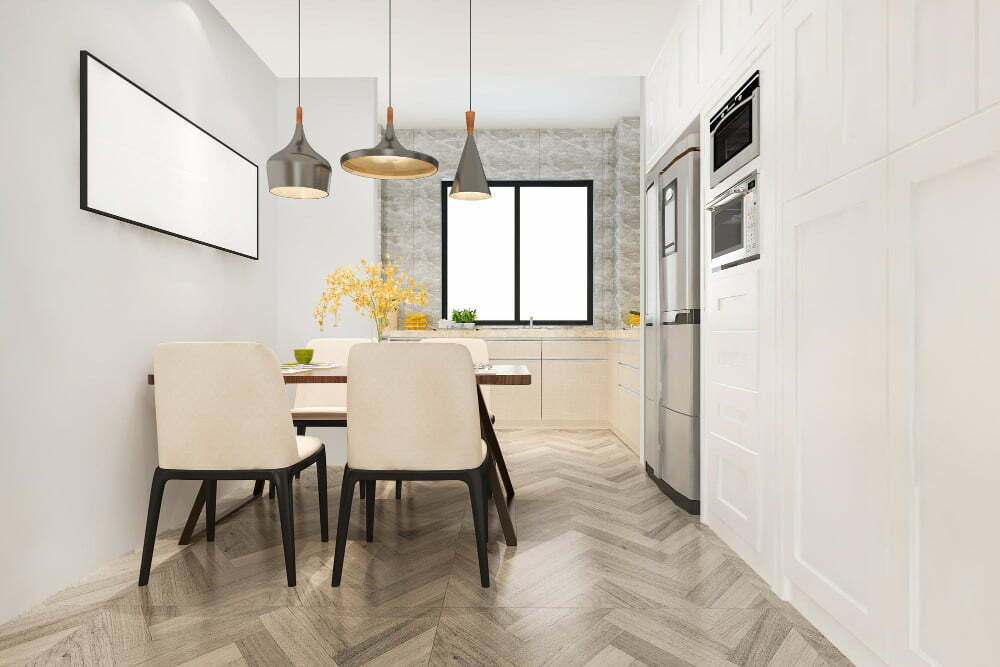
Your pendant lights should complement your existing decor and not clash with it. If you have a modern or minimalist interior, then a large ornate chandelier may look out of place and overwhelming in the space.
On the other hand, if you have an eclectic or bohemian style home, then oversized pendants can add character and charm to your space. It’s all about finding that perfect balance between form and function while keeping in mind your overall design aesthetic.
When selecting pendant lights for any room in your home, take into account its color scheme, furniture style as well as textures used throughout the room. This will help ensure that everything works together harmoniously without one element overpowering another.
Choosing the right size pendant light is crucial for creating a balanced look within any given space while also ensuring functionality remains intact.
Light Distribution
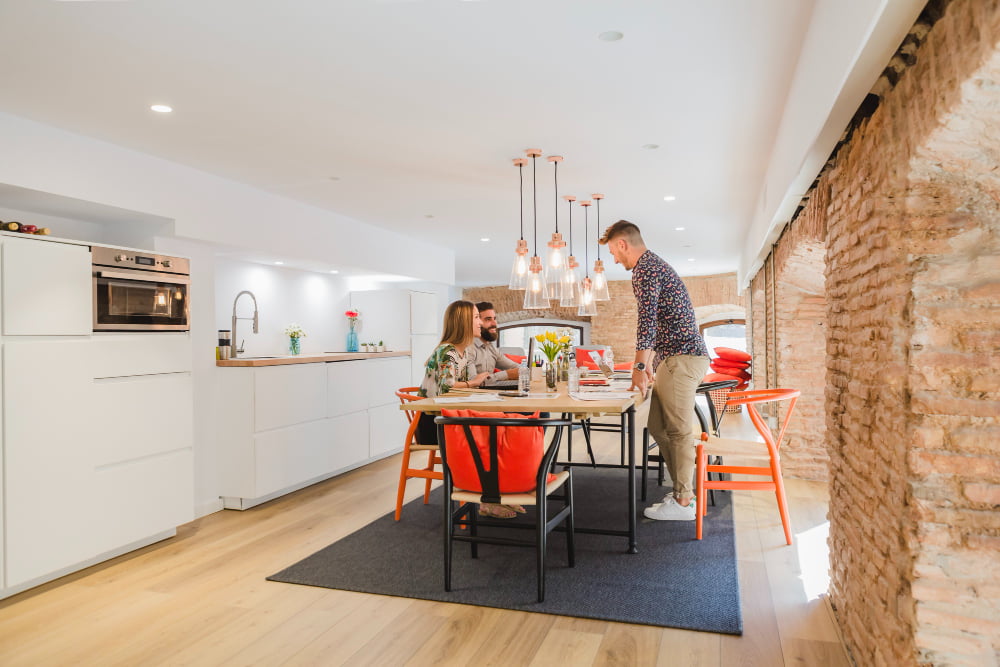
The size of the fixture can affect how light is distributed throughout the room, and a large pendant light may not provide enough illumination in certain areas.
To ensure proper light distribution, consider adding additional lighting sources such as table lamps or floor lamps. This will help balance out the overall lighting in your space and prevent any dark spots.
Another option is to choose a smaller pendant light that provides more focused illumination where you need it most. For example, if you have an oversized dining table but don’t want an overwhelming fixture above it, opt for multiple smaller pendants instead of one large one.
Remember that good lighting design should be both functional and aesthetically pleasing. By considering factors like size guidelines, room proportions, ceiling height, fixture balance and design compatibility alongside proper light distribution techniques – you’ll be able to create a beautiful space with perfectly sized pendant lights!
Recap:
